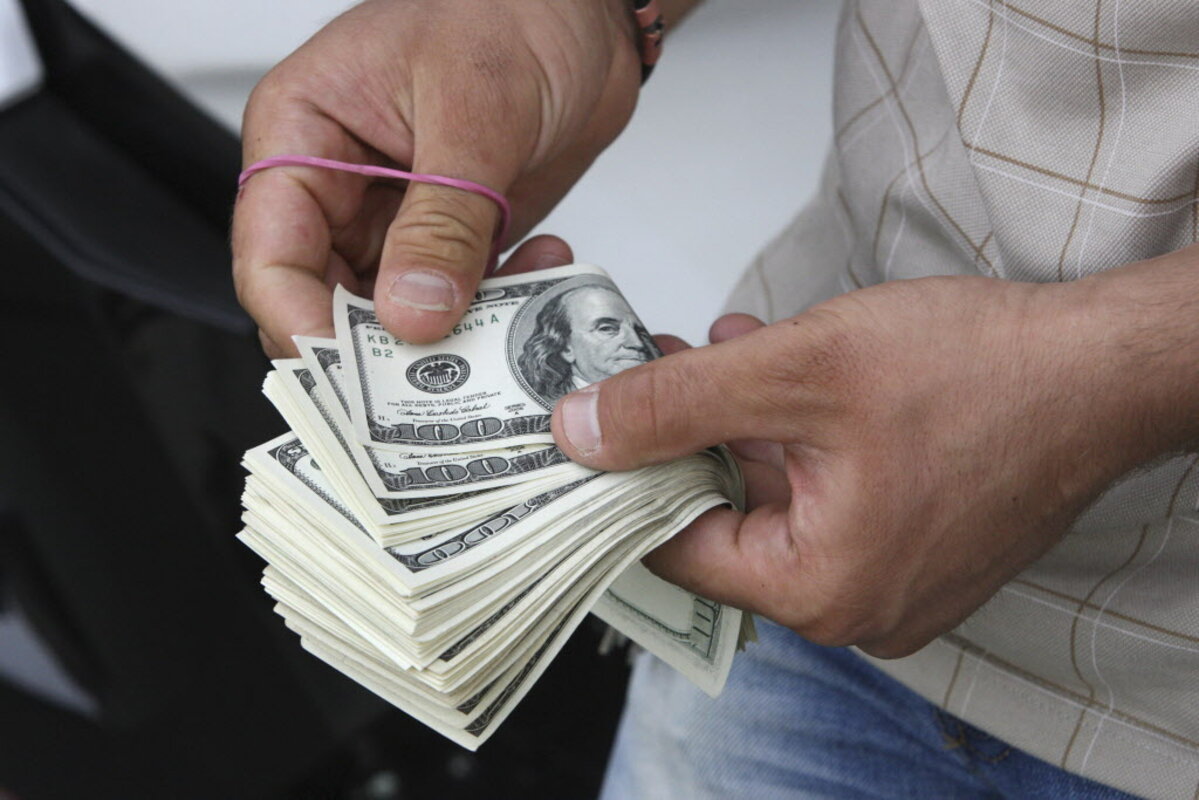Five myths about emergency funds
Loading...
Being prepared for emergencies is an essential part of sound financial planning.
I typically advise my clients to keep three to six months of basic living expenses — such as their rent or mortgage payments, groceries and child care costs — set aside in their checking or savings accounts. This helps them avoid resorting to credit cards to cover unexpected bills.
But I find my clients still have questions about how to manage emergency funds and balance them with investments. Here are five myths I’d like to debunk.
Myth No. 1: If I want to grow my emergency fund, I should put it in .
Truth: Your emergency fund and your investments are different accounts with different goals.
Your emergency fund should be cash you can access easily, whereas your investments should be growing for the long term. Tapping them early can lead to problems. For example, you’ll lose out if you have to withdraw money during a downturn, while long-term investors can gain their money back and then some when markets recover. And no matter when you withdraw, you’ll lose the money’s potential for long-term growth. You might also pay penalties if your early withdrawal is from a qualified retirement account, such as a 401(k).
You can easily see the risk of using your investment accounts as an emergency fund if you look at recent history. Just think if you’d lost your job in 2008, as the stock market was crashing — causing your emergency fund to lose 30% or 40%.
Retirees who live on their investments are the one exception to this. But they still need a well-thought-out strategy to ensure that their distributions and cash flow are sustainable.
Myth No. 2: I should save as much as I possibly can in my emergency fund.
Truth: Maximizing your emergency fund can be a missed opportunity to grow your net worth.
Right now, interest on savings accounts is close to zero. The national average APR for a normal savings account is 0.5%, and high-yield savings accounts and money markets yield between 0.75% and 1%.
Let’s say you started with $10,000. After 10 years, you’d have $16,665 if you put that money in a normal savings account, $17,368 if you put it in a high-yield savings account, or $28,272 if you put it in an investment account and earned about 7% each year — that’s more than double the original investment.
Keeping too much cash is counterproductive in our low-rate environment. Be efficient and keep the right amount of cash in the right types of accounts.
Myth No. 3: I need to save three to six months of my current level of spending.
Truth: Save three to six months of basic expenses to avoid having an unnecessarily high level of reserves.
To determine how much you should have in your emergency fund, identify your “core expenses,” which represent the amount you absolutely need to live on without going into additional debt. You don’t need to include discretionary spending — such as cash for hobbies, spa treatments or vacations — in this figure.
Myth No. 4: I don’t need an emergency fund once I reach age 59½ because I can take money out of my retirement account without penalty.
Truth: The tax “penalty” never really goes away.
After age 59½, the 10% penalty for withdrawing from a pretax account, like a workplace retirement plan, goes away. So if you’re older than that, but still working, you might wonder, “Why not tap my 401(k) for emergency needs?”
The reason is that when you , it’s treated as income for tax purposes. That means you not only have to pay income taxes on it, but it might put you in a higher tax bracket.
For example, a client of ours broke a hip and now needs rehab care for 20 days at a cost of $11,520. If he took that from a pretax investment account, he’d need to withdraw about $16,000 to cover taxes. That’s almost a $5,000 “penalty” before considering the consequences for his tax bracket.
The burn rate on money is greater when it’s pulled from tax-deferred accounts. Liquidity is very important for a retiree, so if you don’t already have after-tax money, now is the time to start saving.
Myth No. 5: I should never touch my emergency fund if I can possibly avoid it.
Truth: Don’t use your emergency fund to pay for shopping sprees, but remember that not all emergencies are life or death.
If your choice is to withdraw funds from an emergency account or to take on credit card debt, you should use the emergency funds in most scenarios.
At the end of each quarter, evaluate when you had to pull from the emergency account. Were they costs you could have anticipated? Were you just overspending?
Consider setting aside some money each year, on top of the three to six months of core expenses, for household and automotive maintenance and repairs. You might not know exactly what will break, but you can be fairly certain that wear and tear is going to happen.
It can give you peace of mind to know that you’re prepared no matter what — and if you end up not using all of those funds in a year, you can add the surplus to other financial goals.
Proper cash flow management takes discipline, but it’s something you can learn and improve on over time. The payoff of lowered stress is well worth it.
is the president and founder of , an independent fee-only wealth management firm with offices in Rockville, Maryland, and Ashburn, Virginia. This article first appeared at .��Learn more about Ted on NerdWallet’s .




